Last October, the BUFFER+ partner meeting took place in Emden, Germany. During this event, the partners also answered particular questions and gave recommendations in a so-called peer review. We would like to share some of these results.
Peat extraction has been a longstanding industry in northwestern Germany, particularly in the Weser-Ems region, where it has been mined for centuries. However, due to its significant contribution to CO₂ emissions, the German government has initiated a peat reduction strategy to protect peatlands. As a result, peat use in plant soils for hobby gardeners is set to be phased out by 2026, with professional growing media following by 2030. This transition is causing major shifts in the industry, as manufacturers and plant producers must find viable peat substitutes. The BUFFER+ partner meeting in October 2024 focused on this challenge, discussing sustainable alternatives for horticulture.
Peat replacement in a tree nursery
- Coco coir and wood fibres are the main substitutes, with coco coir offering a better CO₂ footprint despite higher costs.
- The BUFFER+ partners proposed a peat score system to classify plants based on peat content, helping consumers make informed choices.
- Germany still consumes 5 million cubic meters of peat annually, raising concerns about the large-scale availability of alternatives.
- Consumer awareness remains low, with misconceptions about potting soil color highlighting an education gap on peat substitutes.
- Hinrichs Pflanzen is part of the ToSBa project, which aims to grow high-quality woody plants using peat-reduced substrates.
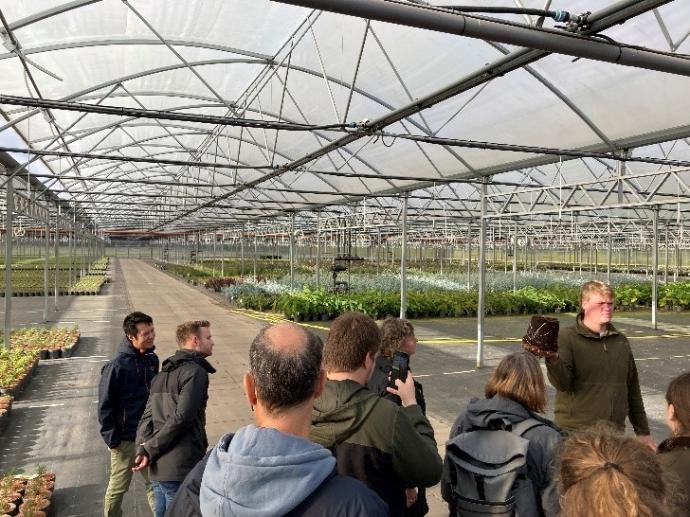
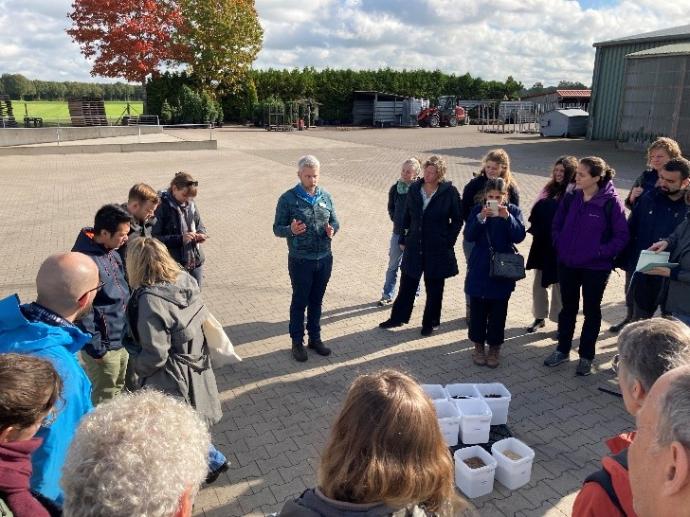
Mario Reil explained which peat substitutes are being tested in the ToSBa project
Large-scale peat extraction and peatland renaturation
- Peat is harvested using the milled peat method, then matured through freezing, improving its structure; 250,000 m³ was extracted from 400 ha in 2024.
- Rewetting is the only legal requirement for renaturation, involving drainage closure and dam construction, but planting and monitoring are voluntary.
- 4000 ha are being restored, with peat moss spreading naturally, yet concerns remain over the lack of legal obligations for maintenance and species monitoring.
- The BUFFER+ partners questioned why regulations do not mandate full implementation of peatland restoration post-extraction.
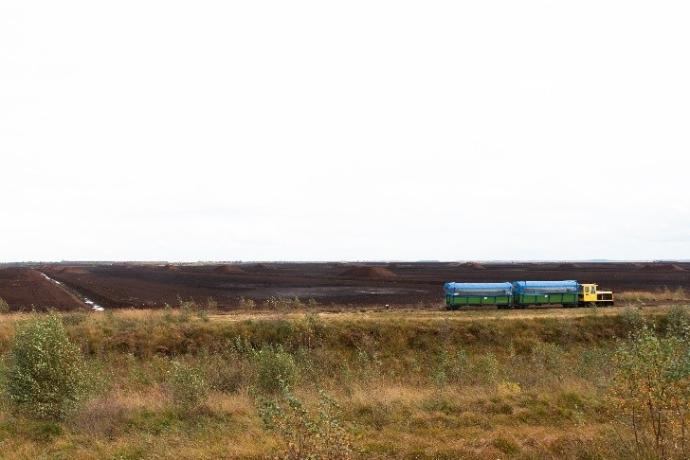
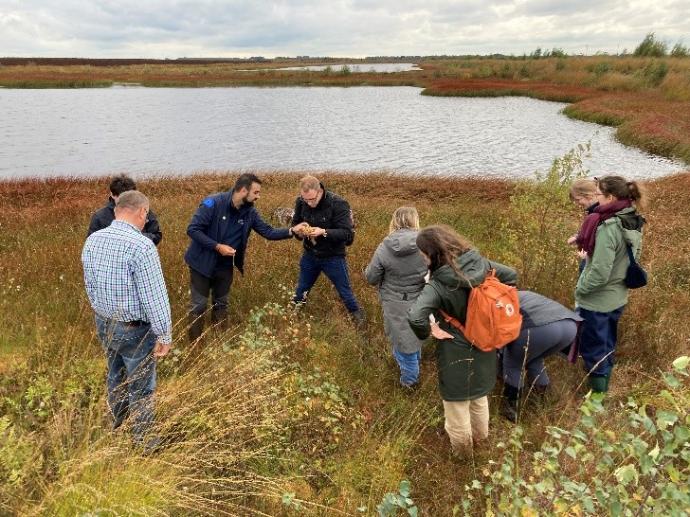
Typical peatland species such as Sphagnum moss grow in the re-wetted areas of the Westermoor.
Use of peat and peat substitutes for horticultural substrates
The raw peat from the Westermoor is transported on a peat train to the Moorkultur Ramsloh peat factory, which belongs to Floragard Vertriebs-GmbH.
- Moorkultur Ramsloh develops peat substitutes but still imports peat due to logistical advantages and rising global demand.
- European peat reduction may not protect peatlands, as exports to Asia and the Middle East are increasing.
- Few countries regulate peat use, requiring stronger policies to support peat-free horticulture.
- MOOSland is testing peat moss as a substitute, but legal and financial barriers hinder large-scale adoption of paludiculture.
Peatland sustainability & Peat-free horticulture
- Various stakeholders manage peatlands, but long-term monitoring is lacking, often relying on voluntary efforts.
- BUFFER+ promotes NGOs, investors, and tech companies to enhance sustainability and peat-free innovation.
- Research on peat substitutes like reed and grass faces nutrient imbalance and volatile emissions, requiring refinement.
- Consumer awareness, eco-tourism, and policy support are crucial for peatland conservation and carbon storage
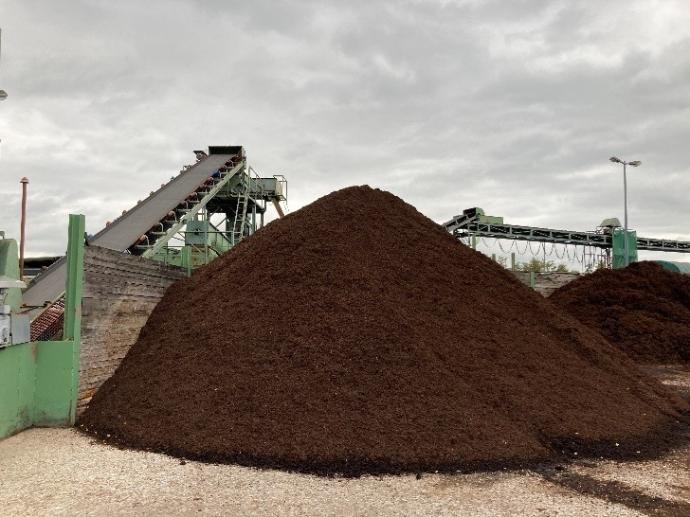

Wood fibres are prepared in a thermo-mechanical process and "stabilized" by adding nitrogen to prevent N immobilization by soil microbes.
BUFFER+ activities on peat substitutes for horticultural substrates
- Reed and grass from wetlands are promising peat alternatives, offering high fiber content and large availability with minimal competition for use.
- Hydrothermal carbonization (HTC) rapidly processes plant materials into substrate components, mimicking peat properties.
- Challenges remain, including nitrogen imbalance affecting plant nutrition and volatile emissions that hinder germination, requiring adjustments.
- BUFFER+ aims to refine these alternatives, helping substrate manufacturers overcome technical difficulties in developing effective peat-free growing media.